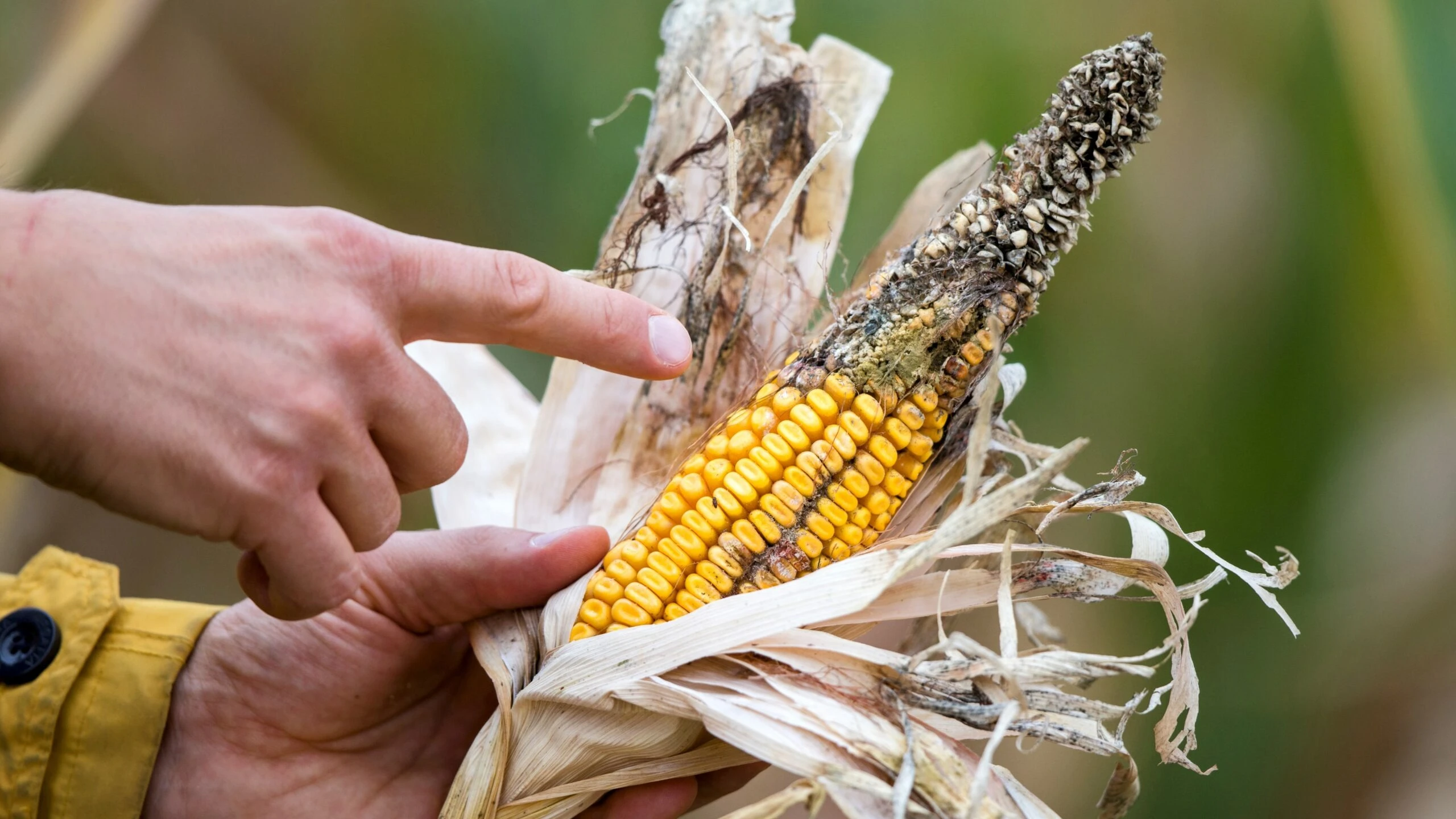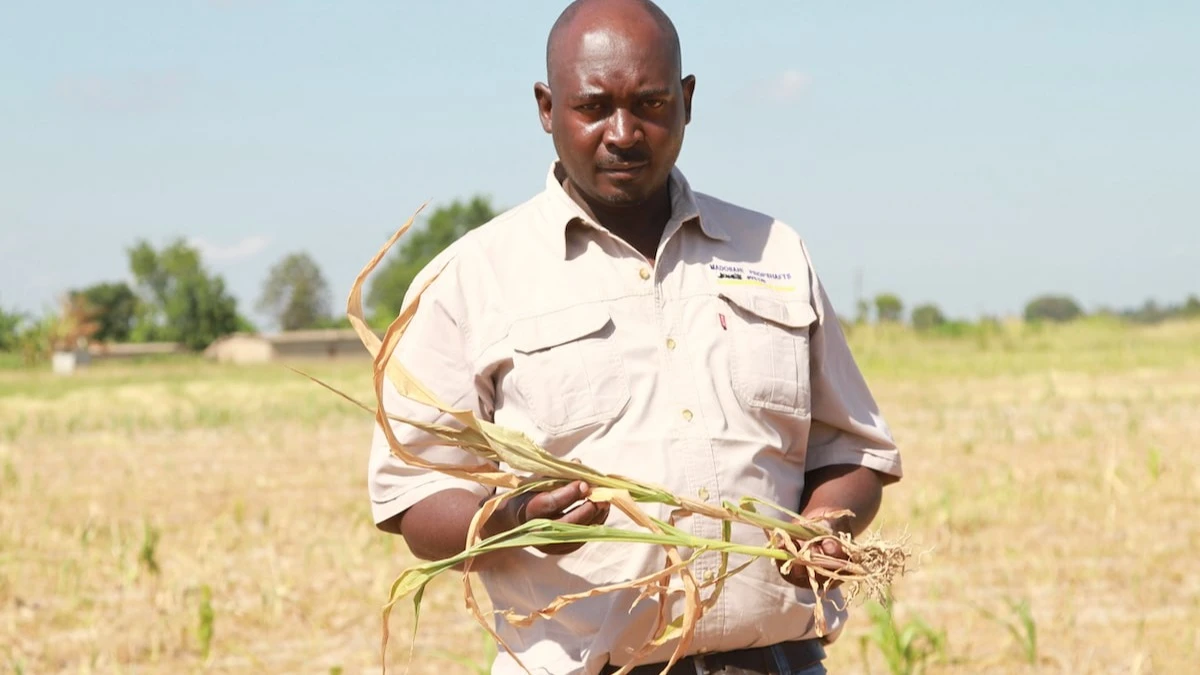Researchers wary of natural poisoning of food

THE food we eat can be naturally contaminated due to exposure to harmful organisms before or after harvest, during storage, preparation or serving at table. This is due to the fact that the way in which food is produced, distributed, marketed, processed and prepared exposes it to those harmful microorganisms, according to Mainland Tanzania Food-Based Dietary Guidelines for a Healthy Population (FBDGs, 2023).
The guidelines, which are technical recommendations to guide healthy eating and lifestyle for a healthy population, provide that aflatoxins are poisonous substances produced naturally by moulds [that grow on old food in a warm-humid environment].
Thus, according to the guidelines, eating food contaminated by aflatoxins can cause severe illness or death. Moreover, they warn that long-term exposure to aflatoxin contamination “increases the risk of liver cancer and is also associated with low birth weight, impaired child growth, and immune suppression.”
Maize, sorghum, millet, groundnuts, tree nuts, spices, and pulses (legumes) are likely to be contaminated by aflatoxins, the guidelines say, as they cite studies conducted by Kimanya et al. (2008) and WHO (2018). “Ways to keep raw materials safe include selecting fresh and wholesome foods, while avoiding damaged, mouldy or rotting foods and not using food past the expiry date.”
African Development Bank (AfDB) Tanzania Initiative for Preventing Aflatoxin Contamination (TANIPAC) Appraisal Report published in 2018 says an aflatoxicosis outbreak reported in the Central Zone (Dodoma and Manyara regions) affected 65 people and caused 19 deaths in those two regions. Laboratory findings showed high levels of contamination, which exceeded by 30 times the recommended safe limit.
The AfDB report suggests that between 25 per cent and 45 per cent of maize produced in the country contains aflatoxin contamination. It says, for instance, the risks associated with the consumption of contaminated maize and groundnuts include immune suppression, malnutrition, liver cancer and death with acute exposure. It points out that many families consuming home-grown maize, which does not undergo any quality regulatory system assessment, are exposed to aflatoxin contamination.
According to this report, exposure to aflatoxin contamination is aggravated by lack of awareness of aflatoxin issues, limited access to guidelines for good agricultural practices and poor storage of maize and groundnuts grown and consumed in the country.
Another study published by more than 10 researchers in 2023, says maize and peanut products are highly susceptible to aflatoxin contamination. It says unpackaged peanut oil produced by private stakeholders, and lack of standardised detoxification procedures increases the risk of aflatoxin contamination.
An article titled “A review of aflatoxin: occurrence, prevention, and gaps in both food and feed safety” authored by Demissie Negash and published in Journal of Nutritional Health & Food Engineering in 2018 says sub-Saharan Africa is at risk of the unsafe levels of aflatoxin exposure that can negatively affect human health, food security and national trade. It adds that aflatoxins are produced at a temperature of 12-40°Celsius and require 3-18 per cent moisture.
To mitigate aflatoxin contamination the author recommends effective sorting, cleaning, drying, packaging, adherence to hygiene and sanitary conditions in storage and transport, as well as through raising farmers’ awareness about aflatoxin contamination and prevention practices. “Raising public awareness and disseminating currently available practices and technologies to growers, processors, and traders is essential for mitigation of aflatoxin contamination,” says Negash.
The author adds that controlling mould growth and aflatoxin formation in traditional farms and storage rooms is crucial. A study authored by 10 researchers and conducted in Tanzania and published in World Mycotoxin Journal in 2022 found out that there was a high incidence of aflatoxins contamination in foodstuffs. The study involved 180 groundnut and 200 maize samples collected from 9 and 10 districts, respectively.
It says aflatoxins were found in samples collected from all districts and the incidence ranged from 92-100 per cent for groundnuts and 10-80 per cent for maize. The researchers say “as aflatoxins are colourless, odourless and cannot be seen, the only way to detect them is through laboratory testing.” They add that the level of aflatoxin awareness of study participants ranged from 5-95 per cent with an average of 75 per cent of the participants unaware of aflatoxin contamination.
“Most farmers interviewed were unaware of aflatoxins, the health impacts from consumption of aflatoxin contaminated food, and strategies to minimise contamination. Some districts, such as Babati (90 per cent), Masasi (95 per cent) and Nanyumbu (95 per cent) had an exceptionally high percentage of farmers who were aware of aflatoxins.”
The researchers suggest that strategies to minimise the impact of aflatoxins on human health should involve educating farmers, producers, processors and consumers about aflatoxins, health impacts and strategies for minimising contamination. Kerstin Hell and Charity Mutegi, the authors of a paper titled
“Aflatoxin control and prevention strategies in key crops of sub-Saharan Africa” too acknowledge the prevalence of aflatoxin contamination in agricultural crops in Africa [and also in other parts of the world].
They suggest that although a few studies on aflatoxin contamination have been conducted, lack of political will to research on the problem aggravates it. Thus, the authors call for developing early warning mechanisms especially in the highly prone areas to mitigate aflatoxin contamination and deaths associated with it. This can serve as a wake up call for Tanzania to invest in effective aflatoxin mitigation interventions.
Top Headlines
© 2025 IPPMEDIA.COM. ALL RIGHTS RESERVED

























